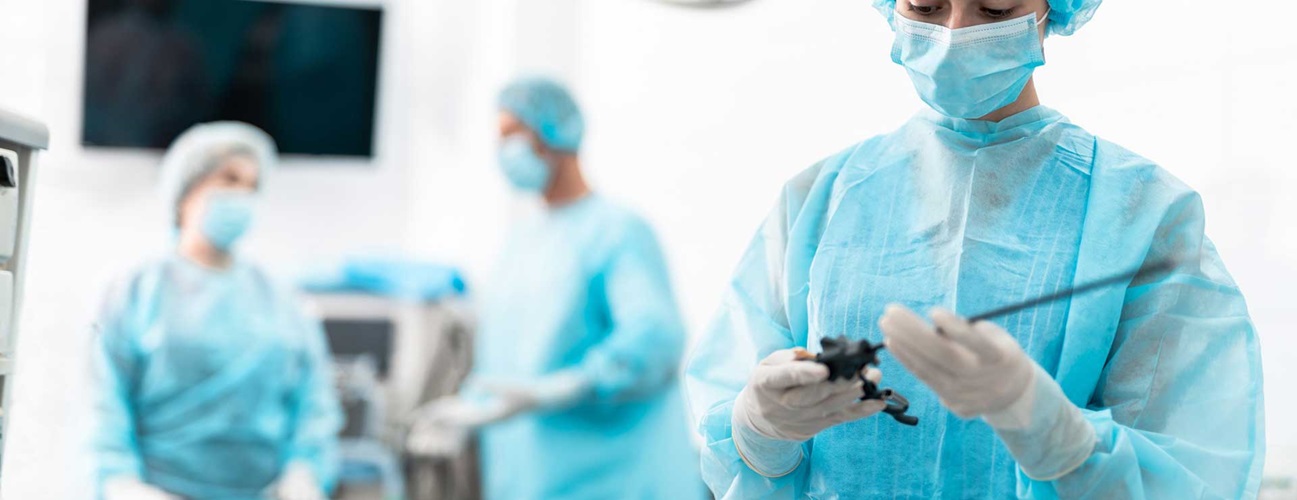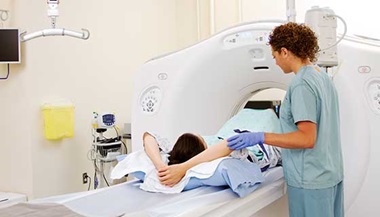Arthroscopy
What is an arthroscope?
An arthroscope is a small tube that is inserted into the body. It contains a system of lenses, a small video camera, and a light for viewing. The camera is connected to a monitoring system that lets a surgeon view the surgery while it is being done. The arthroscope is often used with other tools that are inserted through another cut or incision. These tools are used for grasping, cutting, and probing.
What is arthroscopy?
Arthroscopy is a procedure used for joint conditions. Originally, arthroscopy was used mainly for planning a standard open surgery. But with new tools and advanced surgical methods, many conditions can also be treated using an arthroscope.
What happens during arthroscopic surgery?
Each procedure will vary. But generally, arthroscopic surgery follows this process:
- You will receive a general, local, or spinal anesthetic.
- A small incision is made in your skin.
- The arthroscope is inserted through the incision.
- Other incisions may be made to introduce other small grasping, probing, or cutting tools.
- Light is transmitted via fiber optics at the end of the arthroscope.
- Information about the interior of the joint is transmitted to a screen.
- Corrective surgery, if needed, may be done during the initial diagnostic procedure.
- Dressings or bandages may be put on the incisions.
The small puncture wounds created by the arthroscope and probing tools may take several days to weeks to heal.
Recovery time varies. But most arthroscopic surgery is done on an outpatient basis. This means you can go home within hours after the surgery. Some people get back to their normal activity in a few days or weeks. Athletes and other people in good physical condition may return to athletic activities in a few weeks, under the care of their healthcare provider.
Joints most often examined with arthroscopy
The joints most often examined using arthroscopy include the following:
- Knee
- Shoulder
- Elbow
- Ankle
- Hip
- Wrist
Conditions most frequently found with arthroscopy
The following are the conditions most frequently discovered during an arthroscopic procedure:
- Inflammation. This includes in the lining (synovium) of the knee, shoulder, elbow, wrist, or ankle
- Injuries. These include the following:
- Rotator cuff tendon tears, impingement syndrome, and recurrent dislocations in the shoulder
- Meniscal (cartilage) tears, chondromalacia (wearing or injury of cartilage cushion), and ACL (anterior cruciate ligament) tears with instability in the knee
- Pieces of loose bone or cartilage. This is particularly in the knee, shoulder, elbow, ankle, or wrist.
Always see your healthcare provider for a treatment recommendation based on your individual condition.







